Salt, feathers, shells: the most unusual money in the history of mankind
Categories: Economy | History | World
By Pictolic https://pictolic.com/article/salt-feathers-shells-the-most-unusual-money-in-the-history-of-mankind.htmlThere were times when any money was big, even the smallest. This is far from an allegory — history knows enough examples when in order to go shopping, you had to hire movers. What did money look like in different countries in different eras, and are modern coins and bills so convenient?
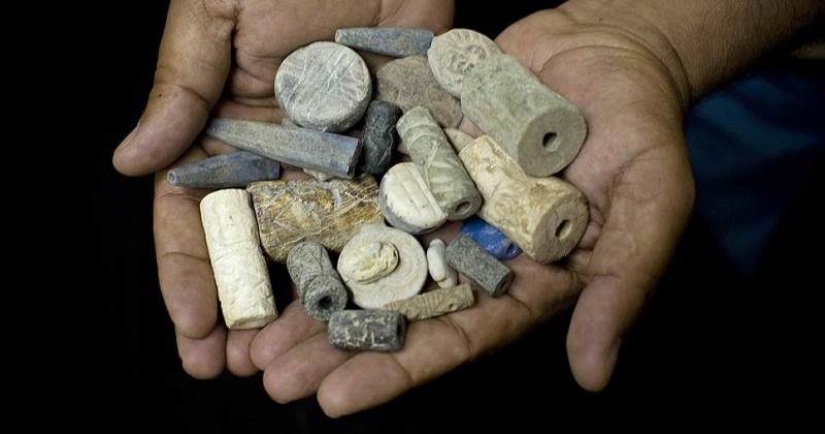
According to the official version of historians, the first money appeared no later than 4.5 thousand years ago. The oldest money known to scientists today were silver rods used for settlements in Mesopotamia. The products had the same length, diameter and weight, which was carefully monitored during manufacture and at the time of the transaction. Accounting in those distant times was conducted on clay tablets, therefore, trade and financial workers had to be physically strong.

The same rods, but iron, were used by the Spartans when calculating. As a monetary unit, 6 rods were used, which could be taken by an adult man in a handful, in Greek "drachma". The modern monetary unit of Greece, by the way, inherited this ancient name.
China, for several thousand years of its history, has used a variety of items as money. Perhaps it was in the Middle Kingdom that coins first appeared — the Chinese loved such money and showed considerable imagination in their manufacture. There are known round, square, polygonal coins, money with a hole in the middle, in the form of small knives and even bells.
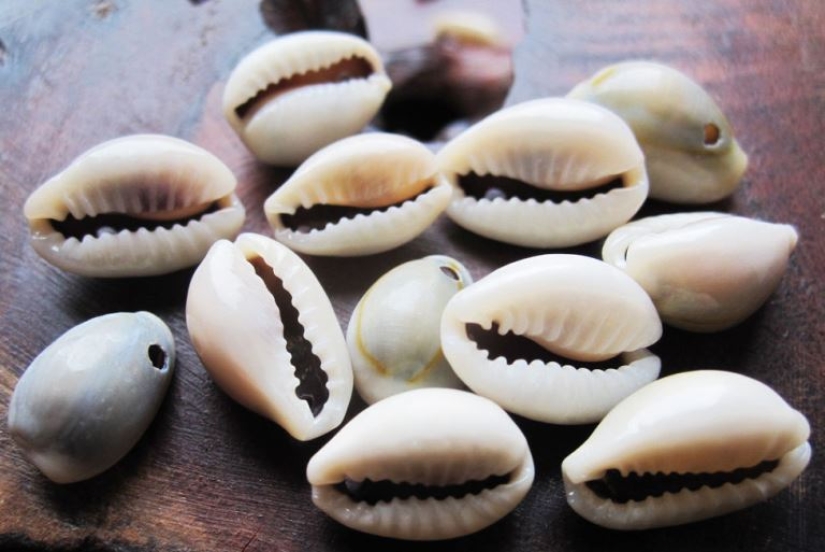
But the most unusual Chinese money can be considered the shells of the tsiprei or cowrie mollusk, used 3.5 thousand years ago. At that time, such a solution was ideal — cowries could not be forged, and such money weighed quite a bit. In general, money from the sea went to many peoples, for example, the same cowries were in use in southern India back in 1900.
Food in the ancient world was always in demand — wars, natural disasters and crop failures led to the fact that even with gold, you could die of hunger. That is why the ancient Egyptians approached the issue as pragmatically as possible, starting to use grain as money: rye or wheat.
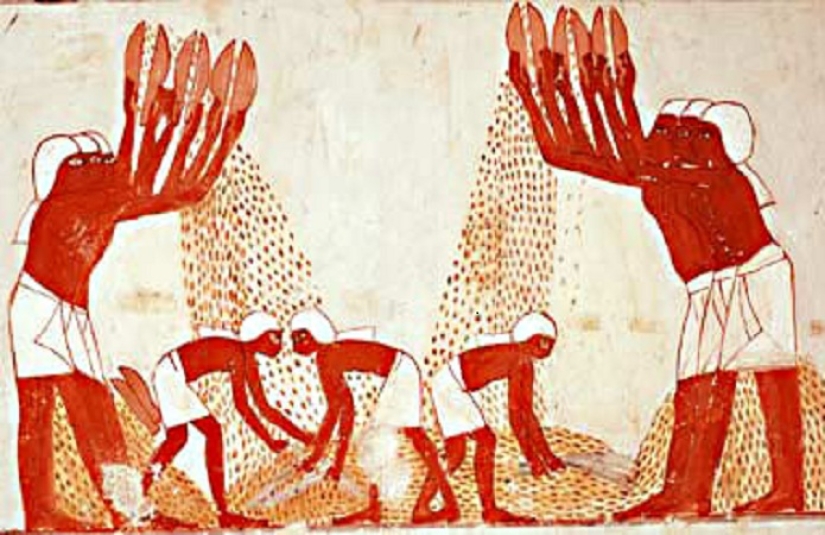
This method of calculation was so convenient that grain banks appeared in large cities, where it was possible to deposit grain for storage, and, if necessary, to pick it up. Banks gave receipts on parchment and papyrus, which could replace credit cards when going to the market.
Salt has always been valued extremely highly. This product not only gave the food a taste and helped to make supplies, but was also used for ritual purposes. Therefore, it is not at all surprising that in some places of the planet salt was guessed to be used as money.
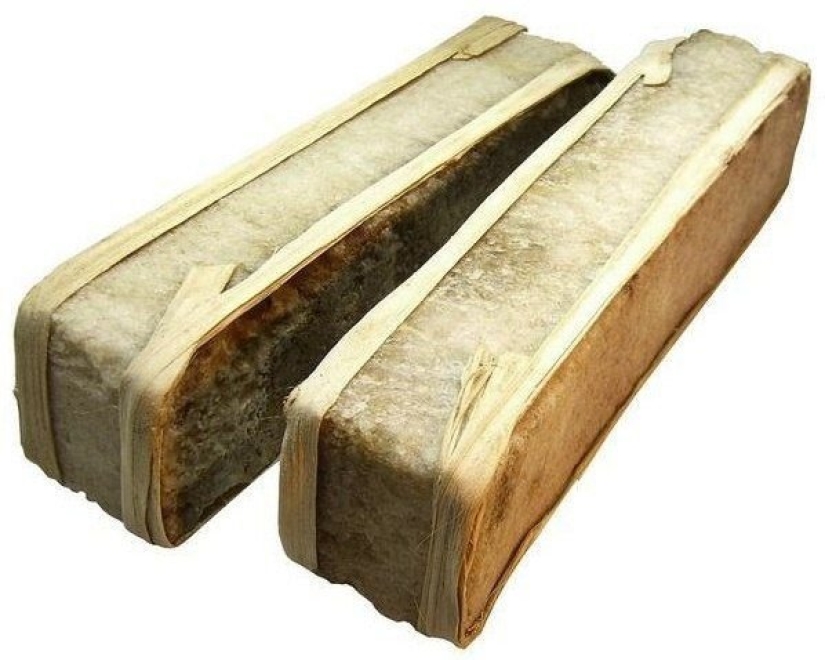
In Ethiopia, salt was valued above gold, and it could be exchanged for anything, including a bride. Salt ingots were also calculated in medieval Europe and in Ancient Russia.
Rings made of iron, copper and precious metals were used in West Africa as money relatively recently — back in 1948. If iron and copper were intended to pay for food, equipment and services, then gold and silver rings were used only when buying slaves and ransoming prisoners.
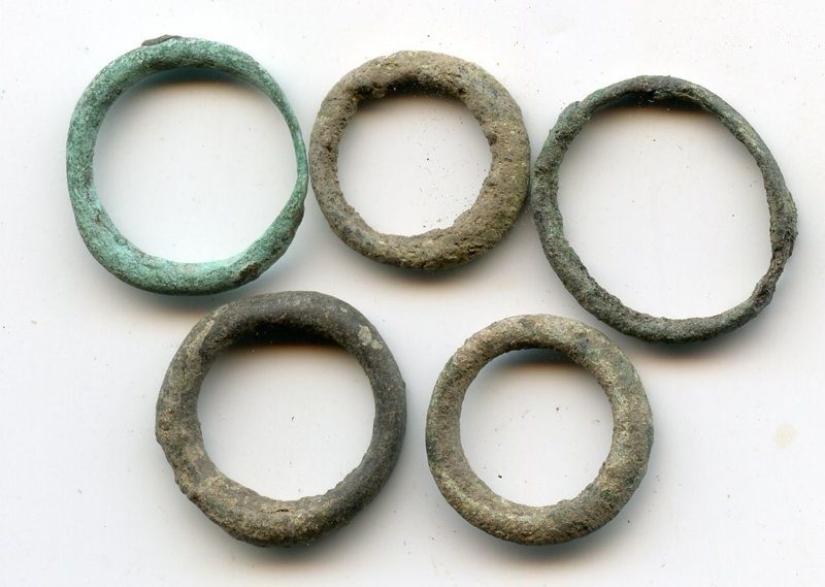
Small feathers of tropical birds were widely used as coins by the natives who inhabited the Solomon Islands. In order not to lose the light currency, it was glued or tied into bundles and ribbons. For the feathers, you could buy a canoe or a spear, and if necessary, pay them off with the bride's family as a kalym.
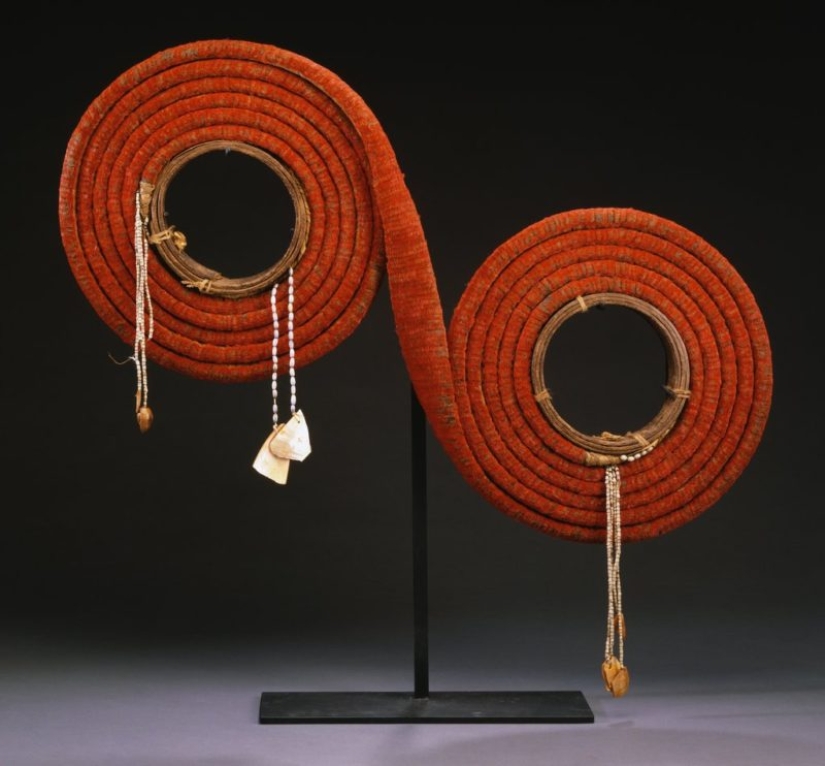
Rich islanders went shopping with whole spools of feathers woven into strong ribbons. Such money, tevau, was in use on the Santa Cruz Islands back in the middle of the XX century.
Tea leaves pressed into bricks or round briquettes were used in ancient times as money in India, several regions of China and Tibet. In order to exclude forgery, various signs and coats of arms were applied to their surfaces by stamping.
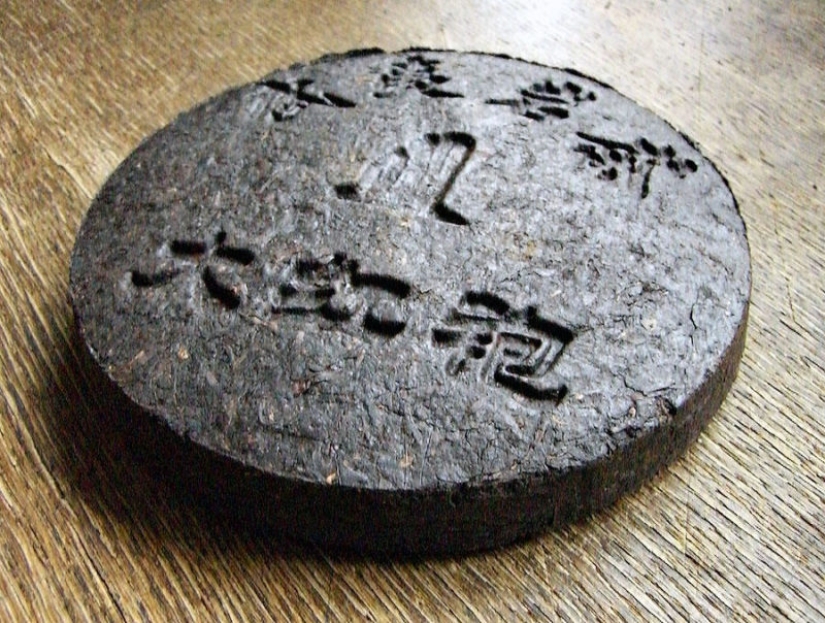
The archipelago of Micronesia, consisting of many small volcanic islands scattered in one of the most remote corners of the Pacific Ocean. But there was once a lot of money on small islands! The Micronesians carved coins out of volcanic tuff in the form of millstones of different sizes.
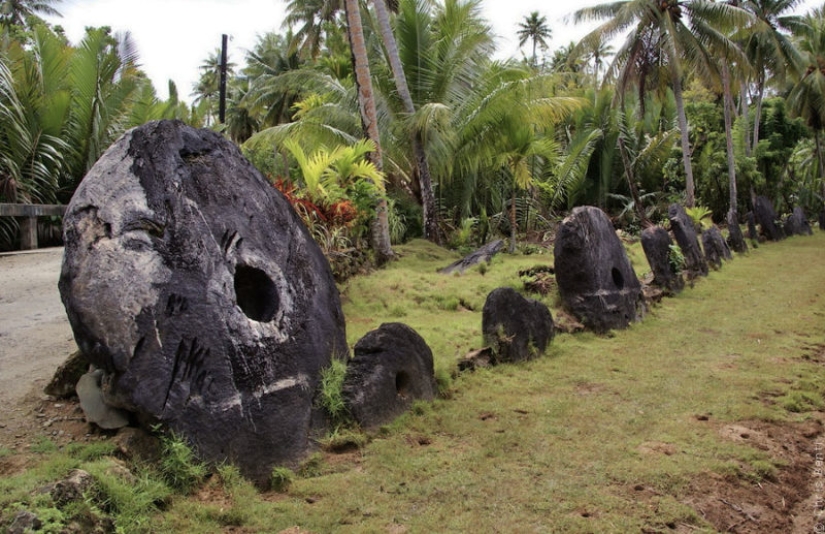
On the island of Yap, this money can still be seen today — they invariably attract tourists who managed to get so far. The largest coins, called "rai" here, reach a weight of 5 tons, and the smallest ones fit comfortably in the palm of your hand.
Recent articles

We present you a selection of amazing beaches — but today these are not standard holiday destinations, but really unusual places. ...

Aerial photographer cronista johnny Miller demonstrate dramatically the gap between rich and poor in cities of South Africa, Mexico ...

On April 22, 1923, Bettie Page was born in Nashville, who became a sex symbol throughout the country in the middle of the century. ...